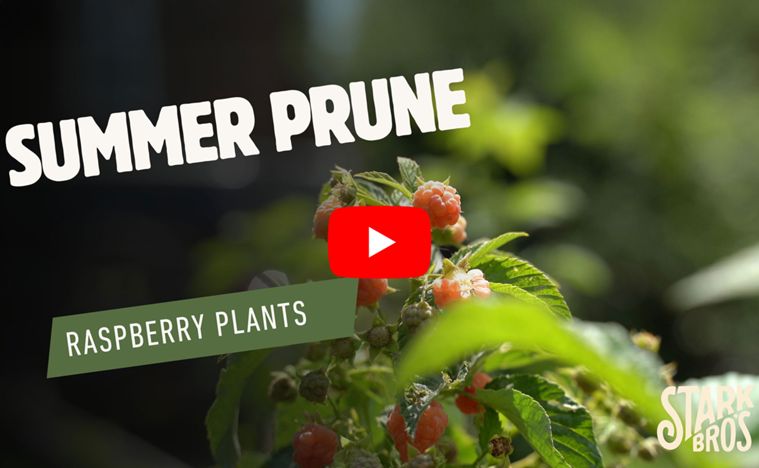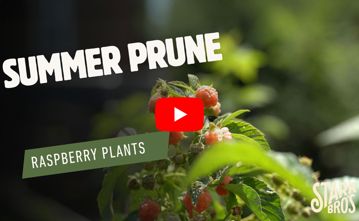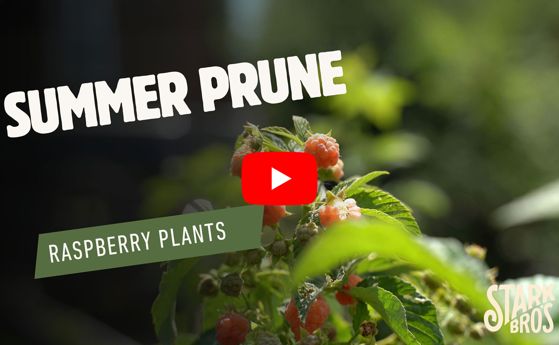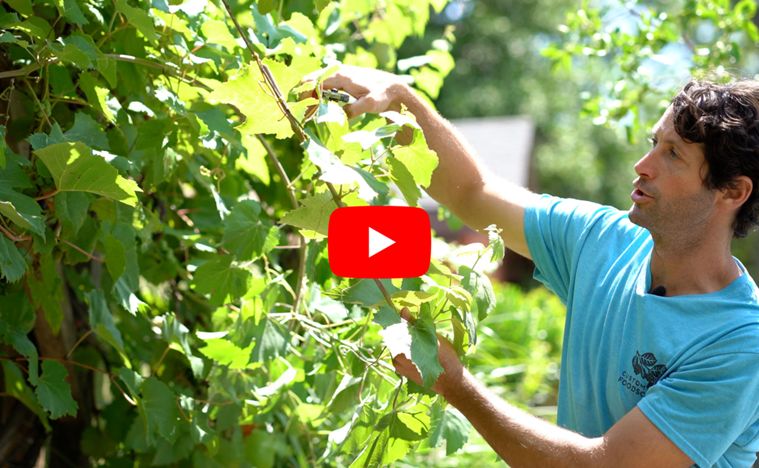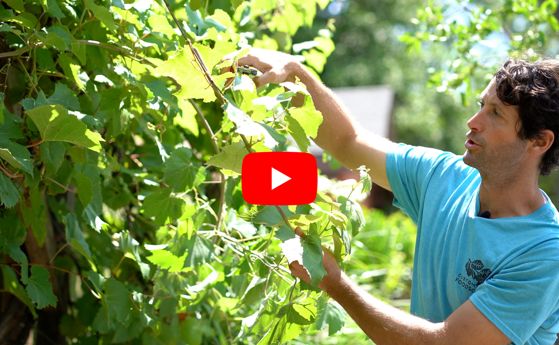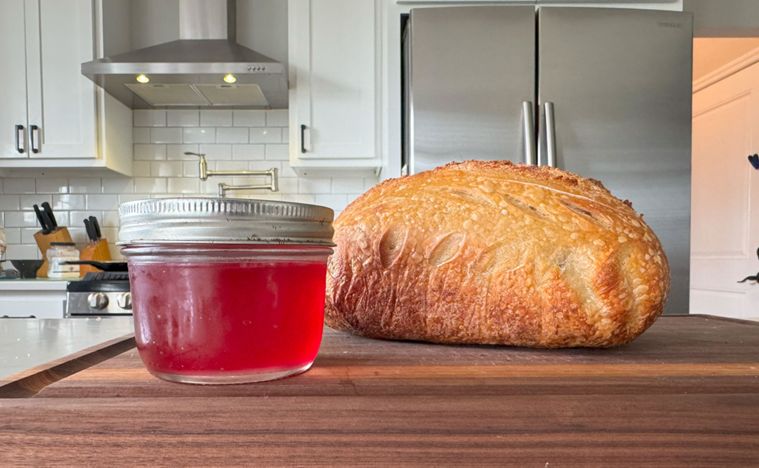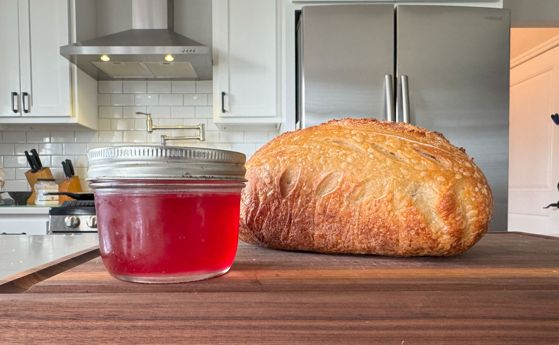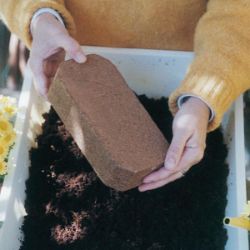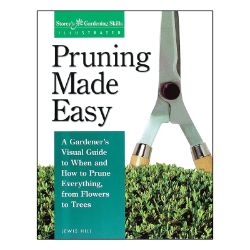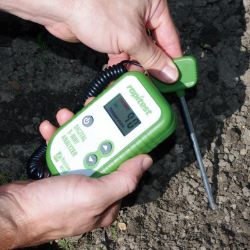Harvesting Pomegranate Trees
Harvesting and storing pomegranate fruit at the right time and under the proper conditions are crucial for enjoying the sweet and juicy seeds. In this guide, we’ll walk you through the essential steps for harvesting both in-ground and potted pomegranate trees and provide tips for storing the fruit to maintain its freshness.
NOTE: This is part 9 in a series of 9 articles. For a complete background on how to grow pomegranate trees, we recommend starting from the beginning.
Harvesting Pomegranate Trees:
Timing Matters Harvest pomegranates when they have reached full color, usually in late fall. The fruit should have a deep red or reddish-purple hue, depending on the variety.
Cut, Don’t Pull Use sharp pruning shears or scissors to cut the fruit from the tree. Avoid pulling, as this can damage the tree and the remaining fruit.
Leave the Calyx Intact Leave a small portion of the calyx attached to the fruit. The calyx helps keep the seeds fresh and slows down dehydration.
How to Properly Store Pomegranate Fruit:
Short-Term Storage Store fresh pomegranates at room temperature for short periods, up to one week. Keep them in a cool, dry place away from direct sunlight.
Refrigeration For longer storage, refrigerate pomegranates. Place them in the crisper drawer, in a plastic bag with ventilation holes. Refrigeration helps prolong freshness for up to two months.
Freezing Seeds Extract seeds from the pomegranate and freeze them for long-term storage. Spread the seeds on a baking sheet, freeze until solid, and then transfer to an airtight container or freezer bag.
Avoid Stacking When storing whole pomegranates, avoid stacking them as this can lead to bruising. Place them in a single layer to prevent damage to the fruit.
Check for Ripeness Before consuming, check stored pomegranates for signs of ripeness. The skin should be firm, and the fruit should still have a vibrant color.
General Tips:
- Inspect for Damage: Before storing, inspect each pomegranate for any signs of damage, cuts, or bruises. Damaged fruit can accelerate spoilage.
- Separate Spoiled Fruit: If one pomegranate shows signs of spoilage, separate it from the others to prevent the spread of mold or decay.
- Store Away from Ethylene: Pomegranates are sensitive to ethylene gas. Store them away from ethylene-producing fruits like apples and bananas to prevent premature ripening.


